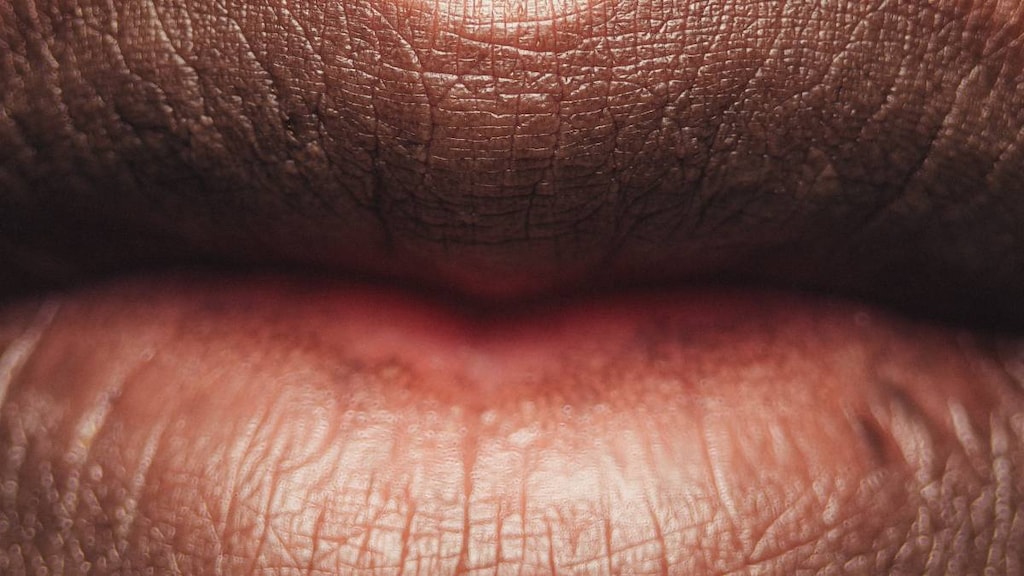Mouth Growths

Growths in the mouth most commonly appear on the lips, the sides of the tongue, the floor of the mouth, and on the roof of the mouth (also called the soft palate). Growths may originate from the mucous membranes of the mouth, the skin around the mouth, or from bone, muscle, or nerves. Some growths can be painful or irritating.
Growths can be:
- Noncancerous - this means that they will not develop into cancer and the growth is usually not life-threatening
- Precancerous - this means they will likely develop into cancer
- Cancerous - these growths are already a type of cancer.
Examples of non-cancerous tumors and conditions of the mouth include:
- Canker sores
- Cold sores
- Fibroma
- Frictional hyperkeratosis
- Lichen planus
- Mucocele
- Thrush
- Torus
- Warts
Canker sores
Symptoms include a yellowish-white membrane with a reddish ring around it. The exact cause is unknown but they tend to come back (recur) but heal quickly – usually in 1 to 2 weeks. They are often treated with corticosteroids or creams applied directly to the sore.
Cold sores
Cold sores (also called herpes labialis) are caused by the herpes simplex virus (HSV). Symptoms include a cyst or bubble-like clusters of swellings or sores on the lips, inside of the lips, or bottom of the nose, and a tingle in the area is often felt before symptoms appear. They are usually painful and look unsightly but heal by themselves within 7 to 10 days. Oral antivirals taken by mouth or topical creams can help speed up the time it takes to heal if treatment is started quickly.
Fibroma
Fibromas are round, smooth, firm lumps that occur in the mouth. They usually occur on the inner linings of the cheeks or lips. They can be removed with surgery.
Frictional hyperkeratosis
This is a whitish thickening of the inner lining of the mouth (such as the inside surface of the cheek, lips, tongue, or gums) that may result from constant rubbing. Removing the cause of friction, such as refitting dentures or putting wax on spiky ends of braces usually helps the area heal.
Lichen planus
This is an inflammatory condition that can affect the tongue, gums, mouth, or skin. When it affects the mouth it may be associated with some oral cancers. The condition usually responds to proper teeth brushing, improved oral hygiene (such as flossing) and topical steroids. Oral lichen planus is associated with a small number of oral cancers. Improved mouth hygiene and local steroids are used to treat oral lichen planus.
Mucocele
These are soft swellings that look like cysts or bubbles and usually occur on the gums or roof of the mouth, inside the lower lip, or under the tongue. They are often caused by accidentally biting the lower lip, which damages a salivary gland and causes saliva to build up. They often go away without treatment but if not they can be removed with surgery.
Thrush (Candida)
Thrush is caused by an overgrowth of the Candida yeast which is normally found in the mouth. It is more common in people who have a weakened immune systems, are taking antibiotics or who use steroids for long periods of time. Candidiasis is treated with antifungal drugs.
Torus
A torus is a bony growth that can form in the roof of the mouth or in the lower jaw beside the tongue. These often don’t require treatment unless they interfere with eating or wearing dentures.
Warts
These are small round or oval growths that can occur in the mouth or on the lips. They are caused by types of human papillomavirus (HPV) or which there are many different types. Warts can spread from the hands to the mouth and from the genitals to the mouth during oral sex. Warts may go away on their own or with treatment.
Precancerous growths
Any white, red, or mixed white-red areas that persist for more than 2 weeks and can not be explained by some other condition should be investigated by a doctor because they may be precancerous.
Cancerous growths
Any growth or sore that persists should be investigated by a doctor. The most common sites for oral cancers are the lips, sides of the tongue, the floor or roof of the mouth, the sinuses, and the throat. People who use tobacco, alcohol, or both are at 15 times higher risk of oral cancer. Cancers are usually caused by the human papillomavirus (HPV), of which there are many different types.